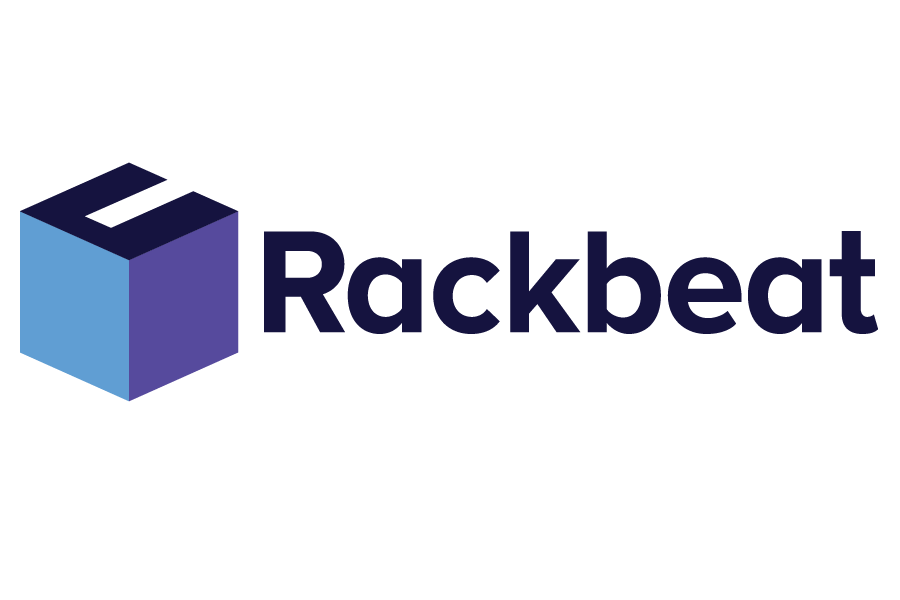Kanban Inventory Management
Kanban inventory management is a method within warehouse management that focuses on optimizing work processes and reducing waste by ensuring that only the necessary material is produced and delivered, in the necessary quantity, and at the necessary time. The system uses visual signals—such as cards, signs, or electronic markers—to trigger actions in the supply chain and ensure a smooth and balanced workflow.
Rackbeat May 1, 2024
Streamlining Inventory Management Through the Kanban Method
Kanban inventory management, which has its roots in the Japanese automotive industry, has been adopted globally in many different sectors as an innovative approach to manufacturing and inventory management.
This method is centrally based on the pull principle, which means that the production and distribution of materials are initiated solely based on actual demand from subsequent production stages. This strategic focus on demand-driven production helps avoid the common pitfalls associated with overproduction and excess inventory, resulting in reduced costs and increased efficiency in inventory management.
The effectiveness of the Kanban system lies in its use of visual signals—such as Kanban cards or markers—that clearly indicate when and how much to produce or deliver. These signals act as simple, yet powerful, communication tools across production lines and storage facilities, allowing for more structured operations and minimal delivery delays.
Implementing Kanban facilitates a culture of continuous improvement and agility in companies. It allows employees at all organizational levels to engage directly in the optimization process, as they can easily identify bottlenecks or inefficiencies in real time and respond promptly. This not only improves internal communication but also enhances the company’s adaptability to market changes.
Ultimately, Kanban inventory management supports a more responsive and flexible production cycle. By aligning inventory management more closely with current consumption patterns and demand, it ensures that companies can operate with higher precision and less waste, which optimizes resource use and strengthens the bottom line.
Kanban Inventory Management with Rackbeat: Real-Time Insights and Reordering Reminders
Rackbeat supports Kanban inventory management by providing users with real-time insights into inventory and the ability to receive reordering reminders. This ensures that items are only ordered when actually needed, helping to avoid excess inventory and reduce capital tied up in inventory. By applying Kanban principles in Rackbeat’s inventory management system, companies can achieve a more responsive and economically efficient supply chain, adapted to changing demand patterns with minimal waste and maximum efficiency.



